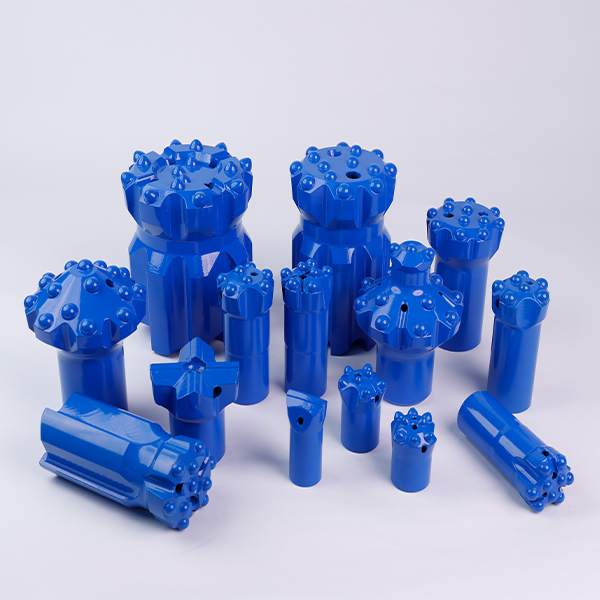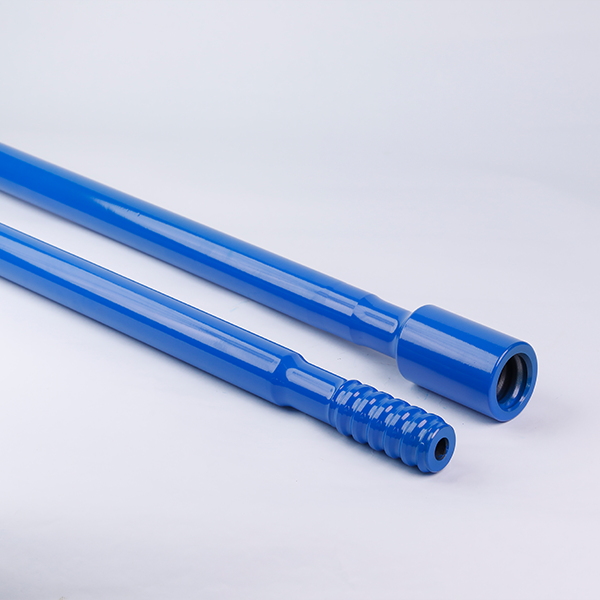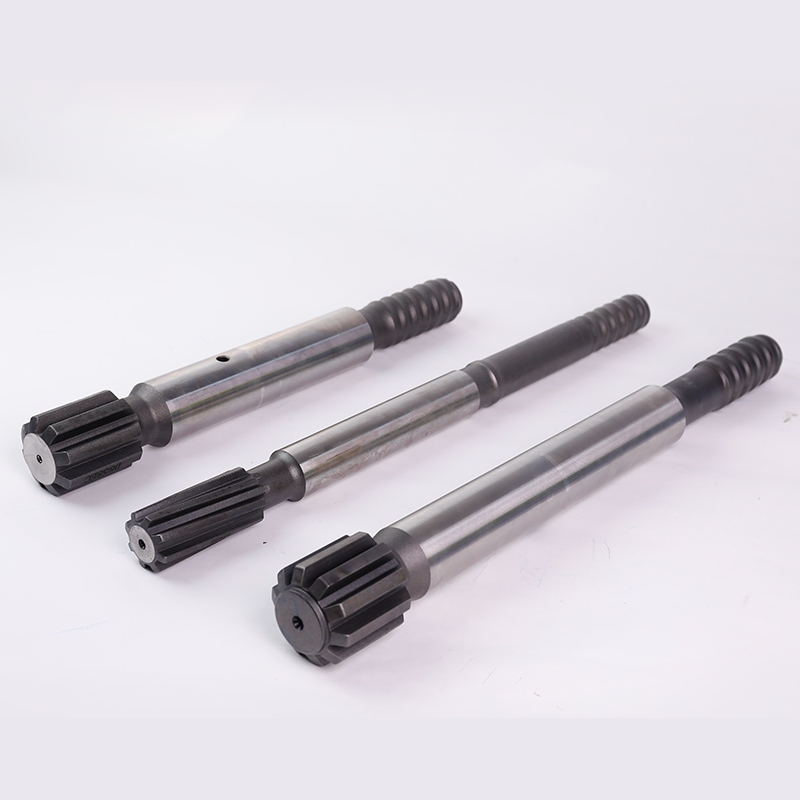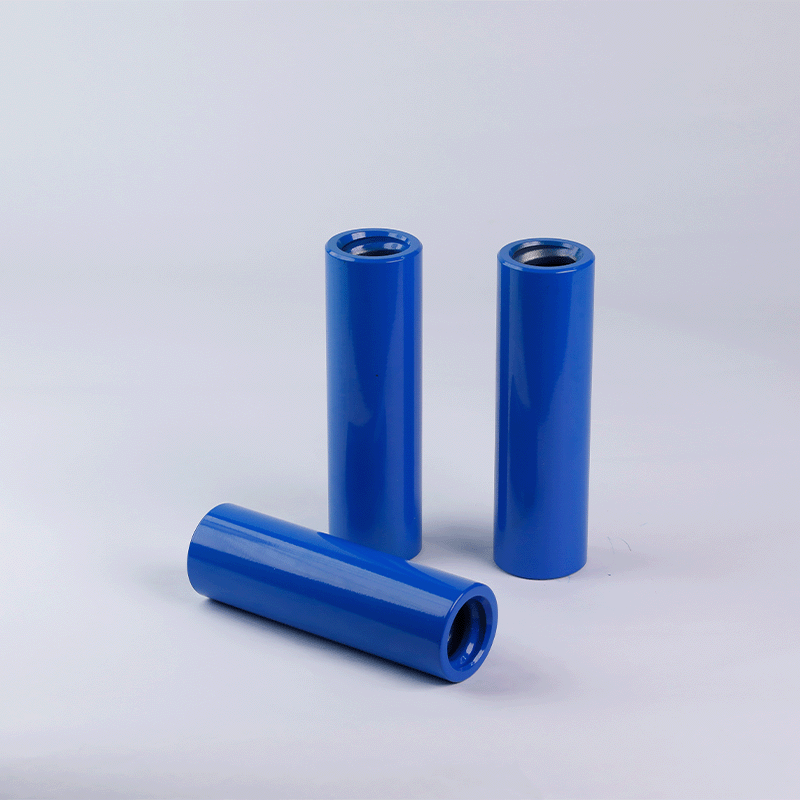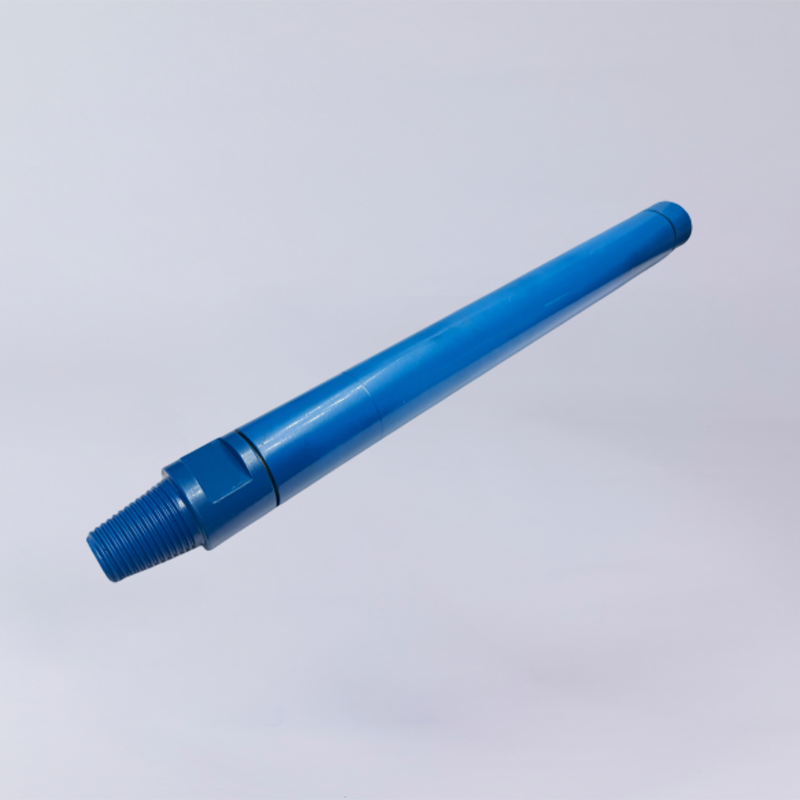Introduction
Rock drilling is a fundamental process in a wide range of industries, including mining, construction, quarrying, and geotechnical engineering. Whether it’s for extracting valuable minerals, building stable foundations, or creating tunnels and infrastructure, drilling into rock is often the first and most critical step. The efficiency and accuracy of this process can significantly influence the timeline, safety, and overall cost of a project.
There are various methods of rock drilling, each designed to perform best under specific geological and operational conditions. Understanding the differences between these drilling techniques—such as how they work, where they’re most effective, and their respective advantages and limitations—can help engineers, contractors, and project managers select the right approach for their specific needs. Making the right choice not only improves drilling performance but also minimizes equipment wear, reduces operational costs, and enhances project outcomes.
Percussion Drilling
How it works: This method relies on repeated vertical impacts to fracture the rock surface. A heavy drill bit is lifted and dropped in rapid succession, crushing the rock beneath it.
Applications:
- Shallow water wells
- Small-scale mining operations
- Some geotechnical investigations
Pros:
- Simple and low-cost equipment
- Effective for soft and medium-soft rock
- Easy to operate with minimal training
Cons:
- Slow penetration rate
- Not suitable for hard or abrasive rock formations
Rotary Drilling
How it works: A rotating drill bit, combined with downward force, grinds through rock formations. Drilling fluids or air are used to flush cuttings from the borehole.
Applications:
- Deep boreholes
- Oil and gas exploration
- Large-scale water wells
Pros:
- Fast drilling in soft to medium formations
- Capable of reaching great depths
- Efficient removal of cuttings
Cons:
- Requires large, complex equipment
- Less effective in very hard or fractured rock
Down-the-Hole (DTH) Drilling
How it works: A pneumatic hammer is located directly behind the drill bit at the hole’s bottom, delivering high-frequency impacts while the bit rotates.
Applications:
- Hard rock mining
- Quarry operations
- Deep water wells
Pros:
- High penetration rate in hard rock
- Energy-efficient due to minimal energy loss
- Produces straighter boreholes
Cons:
- Requires a high-pressure air compressor
- Higher upfront investment
Top Hammer Drilling
How it works: Percussive energy is generated above ground and transmitted through drill rods to the bit. The bit simultaneously rotates and impacts the rock.
Applications:
- Tunneling and underground mining
- Bench drilling in open-pit mines
- Infrastructure blasting work
Pros:
- Good control in directional drilling
- Efficient in fractured or jointed rock
- Compact setup for limited-access areas
Cons:
- Energy loss through the drill string
- Limited effective depth
Diamond Core Drilling
How it works: A diamond-encrusted bit rotates in a circular motion, cutting a cylindrical core from the rock. The core is extracted for analysis.
Applications:
- Geological and mineral exploration
- Core sampling in remote or sensitive areas
- Precise geotechnical investigations
Pros:
- High-quality, undisturbed core samples
- Minimal impact on the surrounding rock
- Ideal for exploratory work
Cons:
- High operational costs
- Slower drilling speed compared to other methods
Auger Drilling
How it works: A helical auger bit drills into the ground, lifting cuttings to the surface as it rotates.
Applications:
- Environmental soil sampling
- Shallow geotechnical surveys
- Soft, unconsolidated formations
Pros:
- Easy to set up and operate
- Low cost and minimal maintenance
- Suitable for short-depth boreholes
Cons:
- Not effective in hard or dense rock
- Limited drilling depth
Air Core Drilling
How it works: Compressed air is used to flush drill cuttings out of the borehole through the hollow drill rods. A rotating bit loosens material.
Applications:
- Mineral and resource exploration
- Shallow drilling in dry terrains
- Preliminary site investigations
Pros:
- Fast drilling in soft or weathered rock
- Produces dry, uncontaminated samples
- Lower environmental impact
Cons:
- Not suitable for hard or wet formations
- Depth is typically limited
Hydraulic Rotary Drilling
How it works: A high-pressure hydraulic system drives the rotation and downward force of the drill bit, enabling efficient penetration of deep formations.
Applications:
- Infrastructure and bridge foundation drilling
- Large-diameter boreholes
- Deep construction site investigations
Pros:
- Exact drilling control
- Suitable for deep, complex geology
- Compatible with various bit types
Cons:
- Expensive to set up and maintain
- Requires experienced operators and specialized equipment
Comparison of different rock drilling methods
| Method | Best For | Penetration Rate | Cost | Sample Quality | Max Depth |
| Percussion Drilling | Shallow wells | Low | Poor | Low | Low |
| Rotary Drilling | Oil/Gas wells | High | High | Low | Very High |
| DTH Drilling | Hard rock drilling | Very High | Medium | Moderate | High |
| Top Hammer Drilling | Tunnel drilling | High | Medium | Moderate | Medium |
| Diamond Core Drilling | Geological sampling | Low | High | Excellent | Medium |
| Auger Drilling | Environmental work | Medium | Low | Fair | Low |
| Air Core Drilling | Mineral exploration | Medium | Medium | Good | Low |
| Hydraulic Rotary Drilling | Infrastructure projects | High | High | Good | High |
Conclusion
Choosing the right rock drilling method is crucial to the success of any mining, construction, or geotechnical project. Each technique—from percussion and rotary drilling to advanced methods like DTH and diamond core drilling—offers unique advantages depending on the specific ground conditions and project objectives.
When selecting a drilling method, consider the following key factors:
- Rock Type: Hard, fractured, or soft formations require different techniques.
- Project Depth: Some methods are best suited for shallow holes, while others can reach extreme depths.
- Budget Constraints: Simpler methods like auger or percussion drilling are more cost-effective, whereas methods like diamond core drilling offer precision but at a higher cost.
- Purpose of Drilling: The purpose of drilling, whether it's collecting core samples, blasting rock, or installing foundations, will influence the ideal method.
By matching the drilling approach to your project’s geological and operational needs, you can improve efficiency, reduce costs, and ensure successful outcomes.

